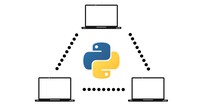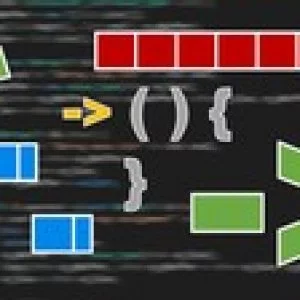
In this course you’ll learn how to create multi–threaded, asynchronous, and multi–process programs in Python, so that you can make your programs run even faster.
In applications communicating with other resources, a lot of time is spent just waiting for information to be passed from one place to another. You’ll learn how to use multi–threading as well as asynchronous programming to speed up programs that are heavily bottlenecked by IO operations.
We’ll go through an introduction first of where potential speed bottlenecks come from as well as how we could solve these issues, and then we’ll dive directly into the technical content and build out a multi–threaded program together that grabs data from the internet, parses, and saves it into a local database.
Other programs may be more heavily affected by CPU limitations. We’ll also learn how to implement multiprocessing in Python, the library that lets us use multiple CPUs in our Python code. With this we’ll be able to spread our workload over all the cores available on the machine we’re using.
Finally, we’ll also look to combine both elements, taking a look at how we can use multiprocessing together with asynchronous programming to get the most benefit for yourself, maximizing your use of CPU resources and minimizing time spent siting idle waiting for IO response.
Specification: Concurrent and Parallel Programming in Python
|
User Reviews
Be the first to review “Concurrent and Parallel Programming in Python” Cancel reply
This site uses Akismet to reduce spam. Learn how your comment data is processed.

| Price | $12.99 |
|---|---|
| Provider | |
| Duration | 6 hours |
| Year | 2021 |
| Level | Intermediate |
| Language | English ... |
| Certificate | Yes |
| Quizzes | No |

$84.99 $12.99






There are no reviews yet.